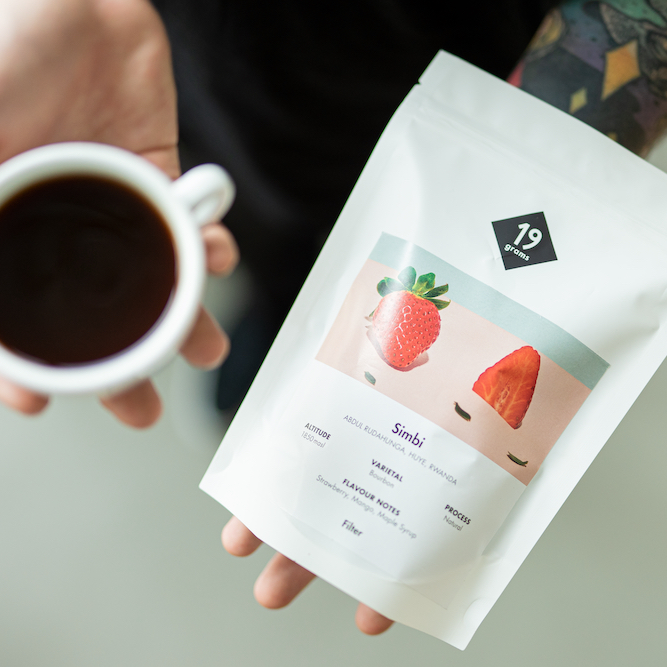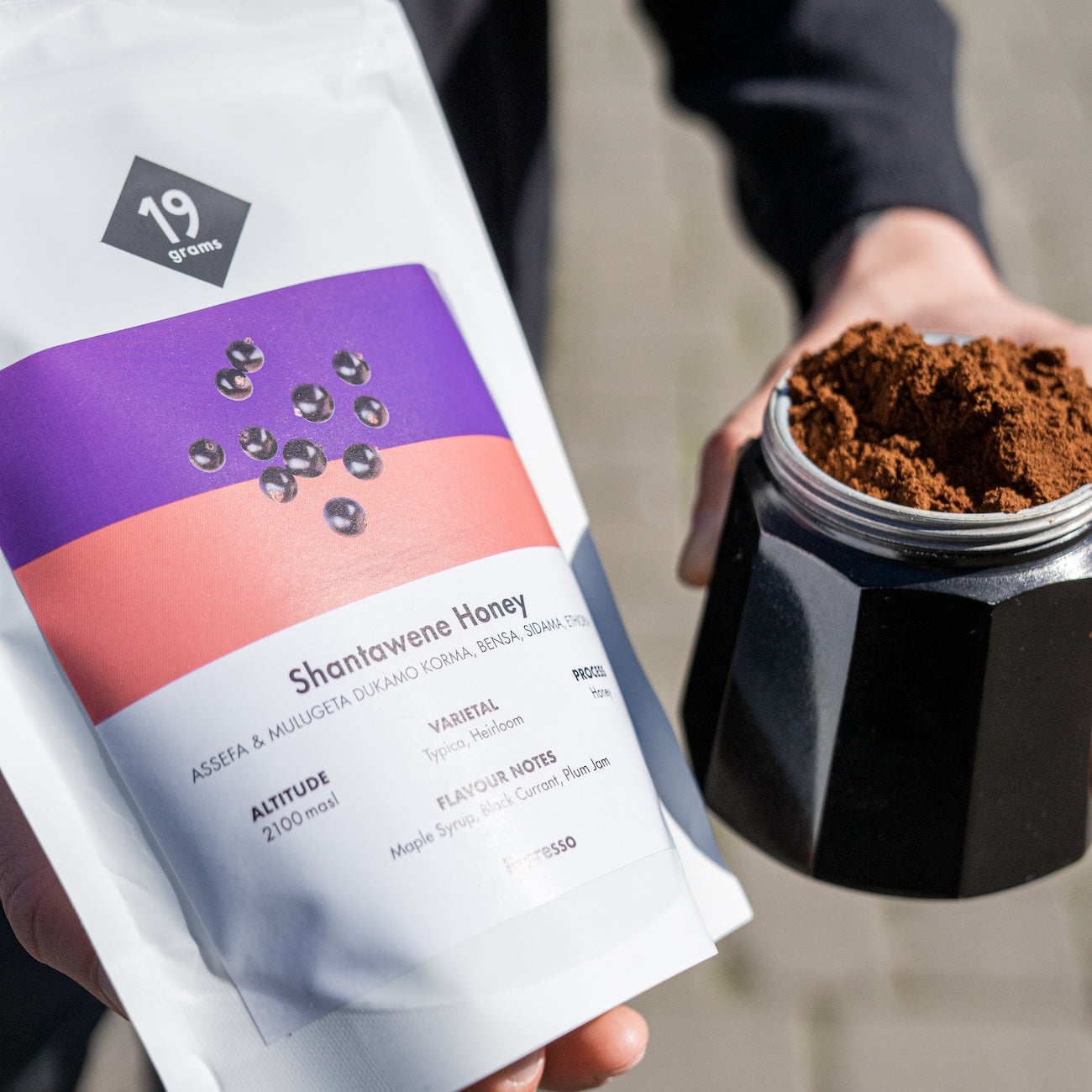The coffee bean is crucial for the taste and aroma of coffee. It is not a real bean, but the seed of the coffee plant. Quality, roasting and preparation all contribute to a satisfying cup. With a fully automatic coffee machine from Coffee Partner, you can create delicious specialities. Try it out.
There are 40 different types of coffee beans, but Arabica and Robusta dominate the market. Arabica beans make up 60% of the global market, followed by Robusta. They differ visually, with Arabica beans being oval and larger. Arabica has a lower caffeine content but a finer taste. Robusta is a little bitter, but ideal for espresso and crema. Sometimes both varieties are mixed to benefit from their positive characteristics.
Identifying high-quality beans can be a challenge. Baristas look for colour, gloss, roasting date and origin. The packaging should be transparent about the growing region, processing and roasting. The ideal roasting date is within three months for maximum aroma. High-quality beans have a brown colour, while espresso beans can be darker. They show a subtle sheen, while excessive sheen indicates over-roasting.
The roasting has a significant influence on the taste. Robusta beans are roasted longer and more intensively, while beans for strong espresso are roasted twice. This explains the presence of fragments in Robusta beans. Arabica beans are roasted shorter and more gently, resulting in a milder taste.
Roasted coffee beans can be enjoyed in many ways. They can be eaten whole, added to sambuca liqueur or covered in chocolate as a snack. Coffee beans are rich in nutrients and contain vitamins, making them a healthy choice in various forms.






